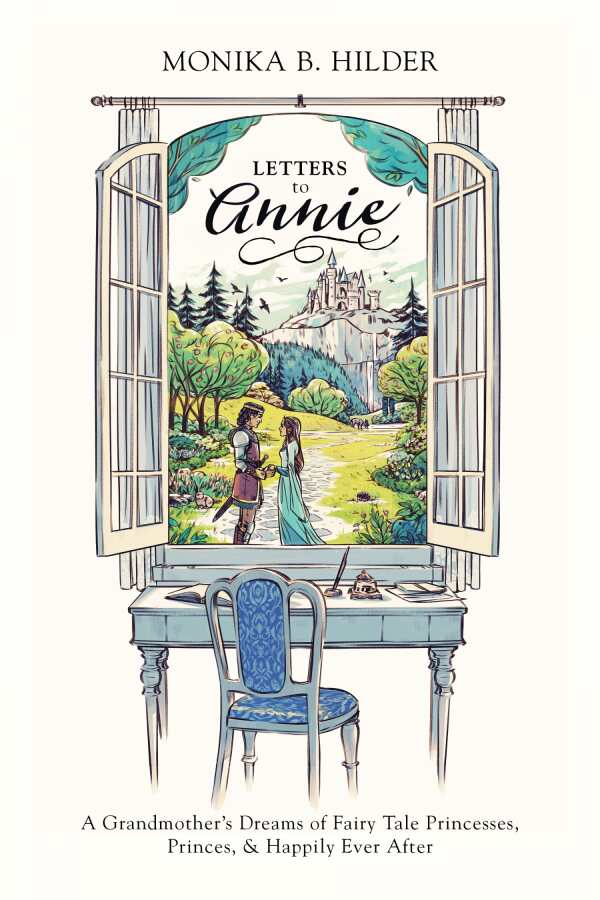Letters to Annie
A Grandmother’s Dreams of Fairy Tale Princesses, Princes, & Happily Ever After
In the reassuring epistolary novel Letters to Annie, a grandmother writes fairy tale–evocative letters to her granddaughter, drawing parallels between the child’s woes and the stories of Cinderella, Rapunzel, and Ariel.
In Monika B. Hilder’s reflective novel Letters to Annie, a grandmother writes to her granddaughter for twenty-five years about the fairy tales they read together.
When Annie is born, her grandmother, a former English professor, begins writing letters to her. She signs them Omi, and she plans to give Annie the letters when the girl turns twenty-five. Inspired by fairy tales as well as the Bible, these letters express hope for Annie’s future and comment on Annie’s dreams, questions, and troubles. They also include stories about the effects of Omi’s parents’ harrowing escape from Europe to Canada during World War II—events to which Omi credits her belief in fairy tales.
From letter to letter, Omi draws analogies between Annie’s friendship woes and the stories of Cinderella, Rapunzel, and Ariel as a means of reassurance; Jesus is also a frequent source of respite. She also references the contexts in which Annie heard these stories—while cooking, gardening, and playing with her grandmother. And her letters record some of their significant exchanges, including those about body image and outbursts, straining nuanced meaning from what was left out of these conversations.
Throughout, the letter writer is a reliable guide who treats her granddaughter as an equal, even as she draws lessons forward from the referenced fairy tales—and from her own longtime friendships and marriage too. Terms of endearment and exclamations of love and delight permeate the letters, which are accessible and inviting.
Omi states that fairy tales and Christian faith are considered antiquated and irrelevant; she sees this confirmed by Annie’s experiences with her non-Christian friends and as the girl expresses doubts about happy endings. In contrast, the letters re-create a context wherein biblical and princess stories are celebrated and virtue reigns. Some of the resultant wisdom is unsurprising, as where the story of Beauty and the beast is used to assert that one’s character is more important than one’s appearance. Still, surprises arise, as when Jesus is called the “true princess” in a discussion of authenticity, and when Annie is told that God “likes to be asked” for guidance, or that he does not impose his gifts until they’re requested.
A grandmother writes fairy tale–evocative letters to guide her granddaughter through real-life struggles in the encouraging epistolary novel Letters to Annie.
Reviewed by
Mari Carlson
Disclosure: This article is not an endorsement, but a review. The publisher of this book provided free copies of the book and paid a small fee to have their book reviewed by a professional reviewer. Foreword Reviews and Clarion Reviews make no guarantee that the publisher will receive a positive review. Foreword Magazine, Inc. is disclosing this in accordance with the Federal Trade Commission’s 16 CFR, Part 255.

